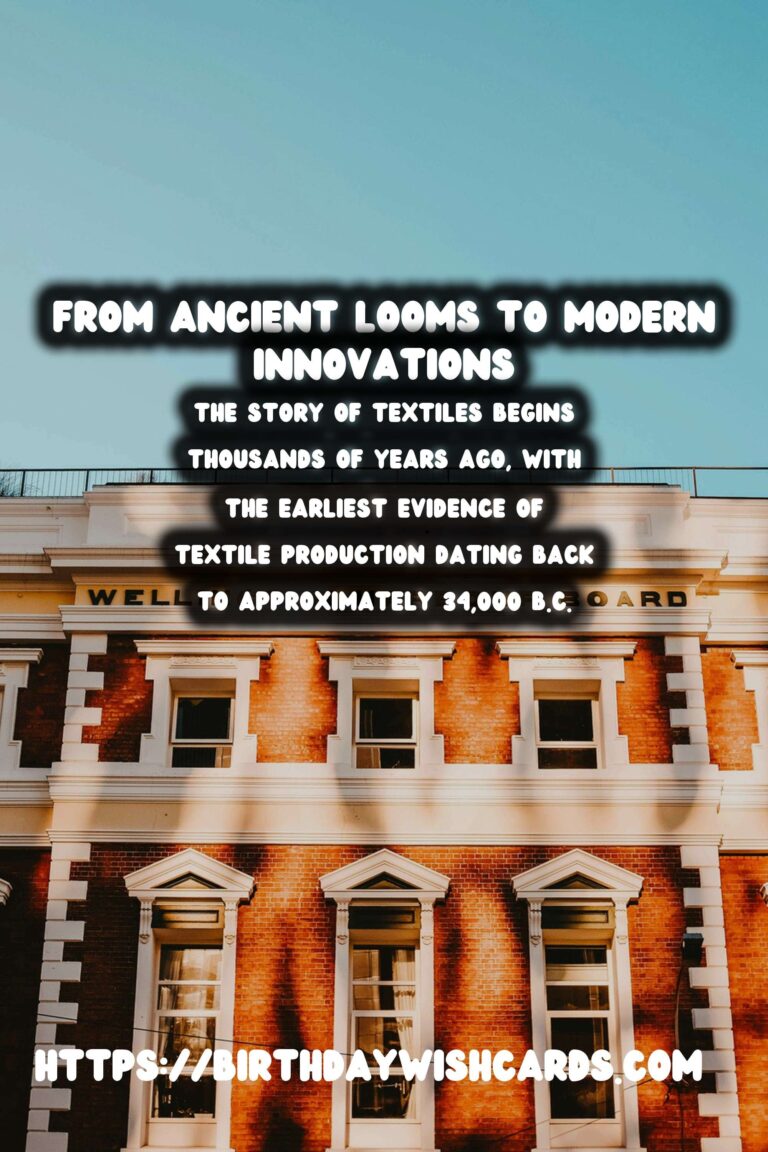
The history of textiles is as old as civilization itself. Since the dawn of human society, textiles have played a significant role in cultures worldwide, evolving from basic necessities to complex tools of identity and art.
Early Beginnings: The Inception of Textiles
The story of textiles begins thousands of years ago, with the earliest evidence of textile production dating back to approximately 34,000 B.C. in ancient Europe. Initially, textiles were simple, made from natural fibers obtained from plants and animals. The primary purpose was to provide protection against the elements.
During these early stages, humans used primitive tools and techniques to create textiles. Felting, for example, was one of the earliest known methods, using pressure, moisture, and heat to mat animal fibers together.
The Birth of the Loom and Weaving
As societies developed, so did the technology for creating textiles. The invention of the loom marked a significant milestone. Evidence suggests that the loom was first developed during the Neolithic era, allowing weavers to produce complex fabrics more efficiently.
Weaving, the interlacing of threads to form fabric, became a fundamental textile technique and spread across civilizations. Ancient Egypt, China, and India were particularly advanced in textile production, with each region developing unique weaving styles and patterns that reflected their cultures.
Textiles in the Ancient World
Textiles were highly valued in ancient societies for their utility and as a medium of artistic expression. In Ancient Egypt, for example, textiles were not only a staple of clothing but also played critical roles in religious and burial customs.
The Silk Road, connecting Asia with the Middle East and Europe, revolutionized the textile trade. It facilitated the exchange of silk, an exquisite and highly coveted textile that China closely guarded for centuries. The spread of silk significantly influenced Western fashion and fabrics, underscoring the impact of textiles on cultural exchange.
Medieval and Renaissance Innovations
During the medieval period, textile production became more organized with the establishment of guilds, which regulated quality and trade. The introduction of spinning wheels and treadle looms in the Renaissance further propelled textile advancements, leading to a wider variety of fabrics and patterns.
Cloth became a signifier of wealth and status, with luxurious materials like velvet, brocade, and damask emerging as symbols of affluence. The vibrant textiles of this era often depicted intricate designs and were used in tapestries, clothing, and decor.
The Industrial Revolution and Mechanization
The Industrial Revolution of the 18th century brought about radical changes in textile production. Mechanization transformed the industry, with inventions such as the spinning jenny, water frame, and power loom revolutionizing fabric production by increasing speed and volume.
This era marked the transition from manual labor to mechanized manufacturing, leading to the mass production of textiles. It made previously rare fabrics more accessible to the general population, shifting the fashion landscape significantly.
Modern Innovations in Textiles
Today, textiles continue to evolve with technological advancements. The development of synthetic fibers such as nylon, polyester, and spandex in the 20th century revolutionized the industry by offering durable, affordable alternatives to natural fibers.
Recent innovations focus on smart textiles integrated with technology, such as fabrics capable of monitoring health or changing properties based on environmental conditions. Sustainable textiles are also gaining importance, with increased focus on eco-friendly materials and practices.
The Cultural and Economic Impact of Textiles
Throughout history, textiles have played crucial roles in cultural identity, economic development, and artistic expression. They continue to be a dynamic force in shaping societies, reflecting changes in technology, fashion, and global trade.
As we look to the future, textiles will likely continue to innovate, embracing both tradition and technology in weaving the fabric of modern life.
The history of textiles is as old as civilization itself. The story of textiles begins thousands of years ago, with the earliest evidence of textile production dating back to approximately 34,000 B.C. 
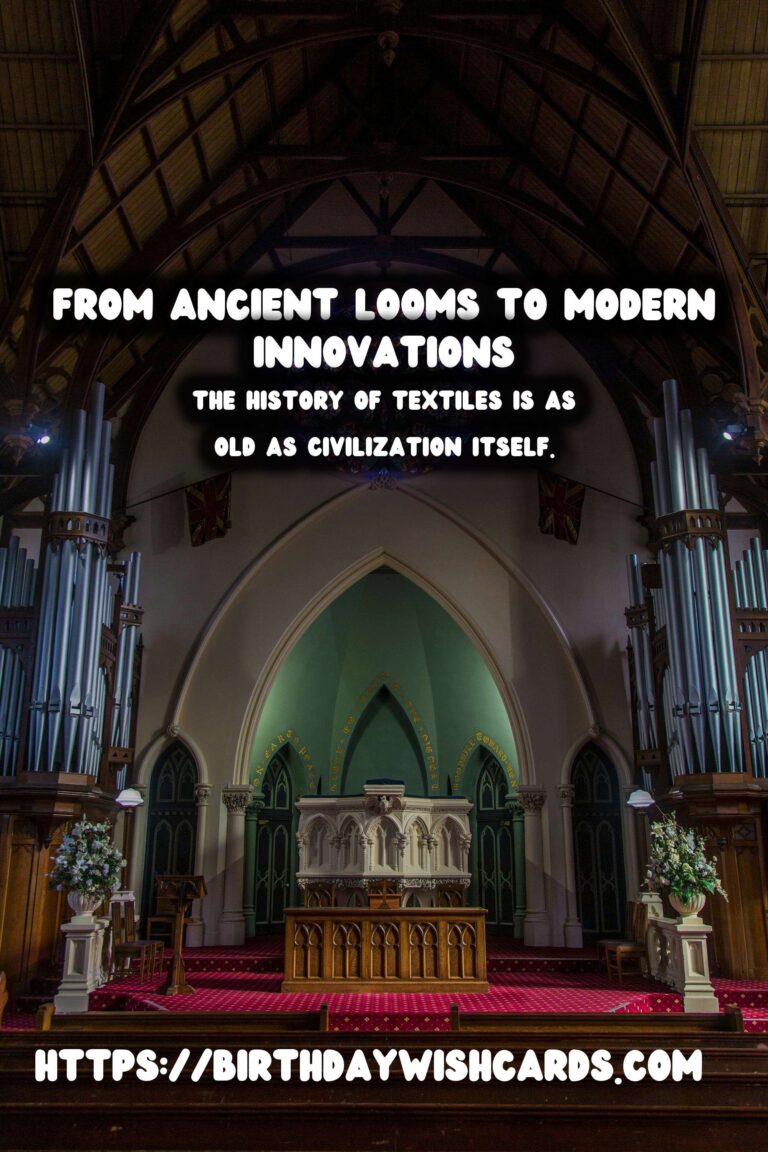

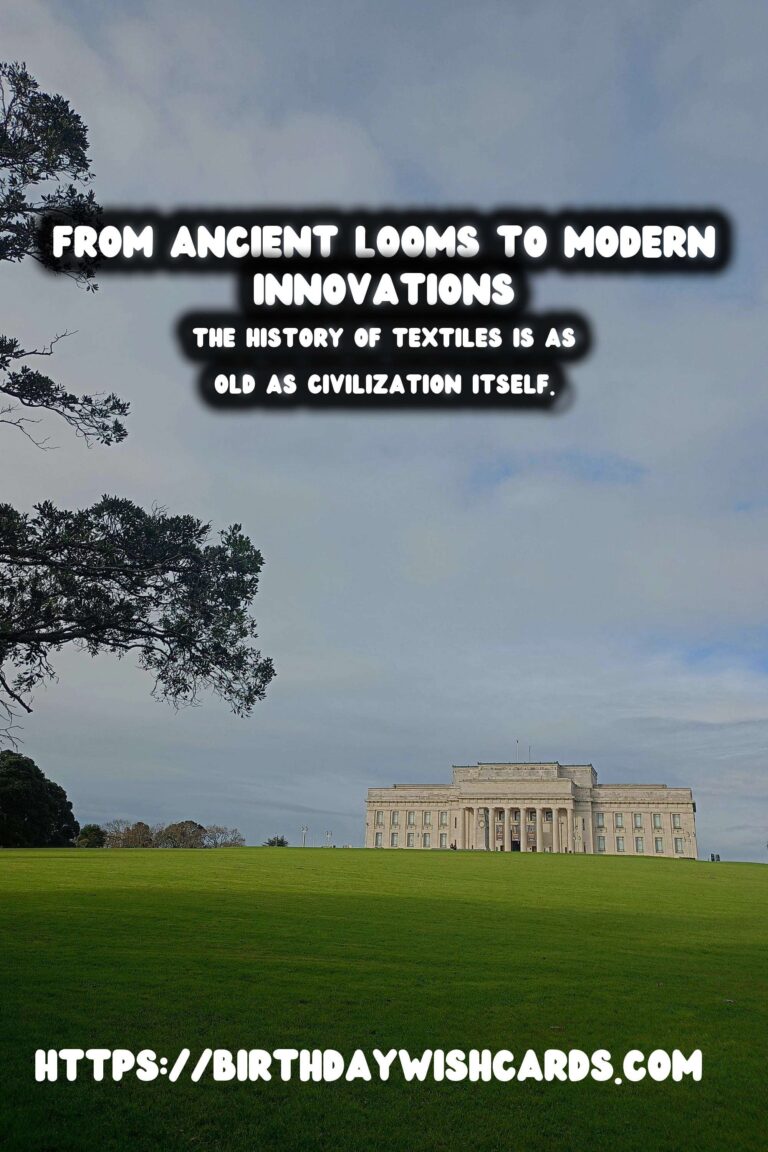

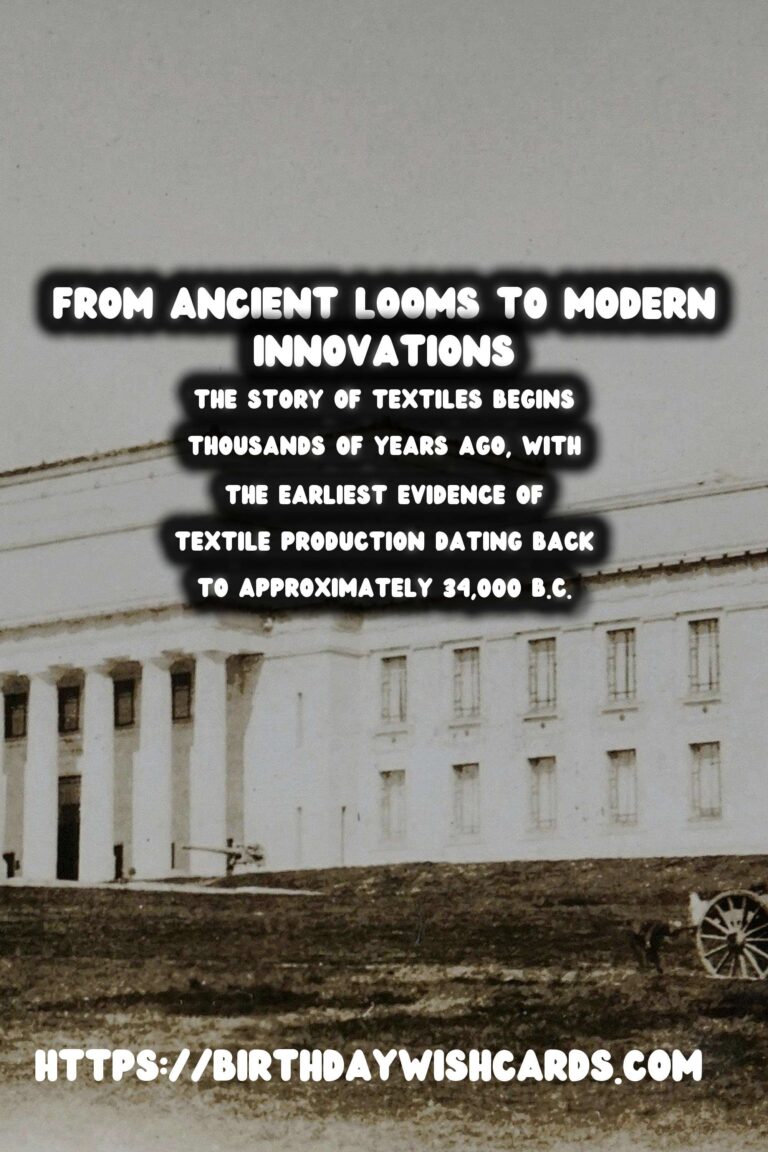

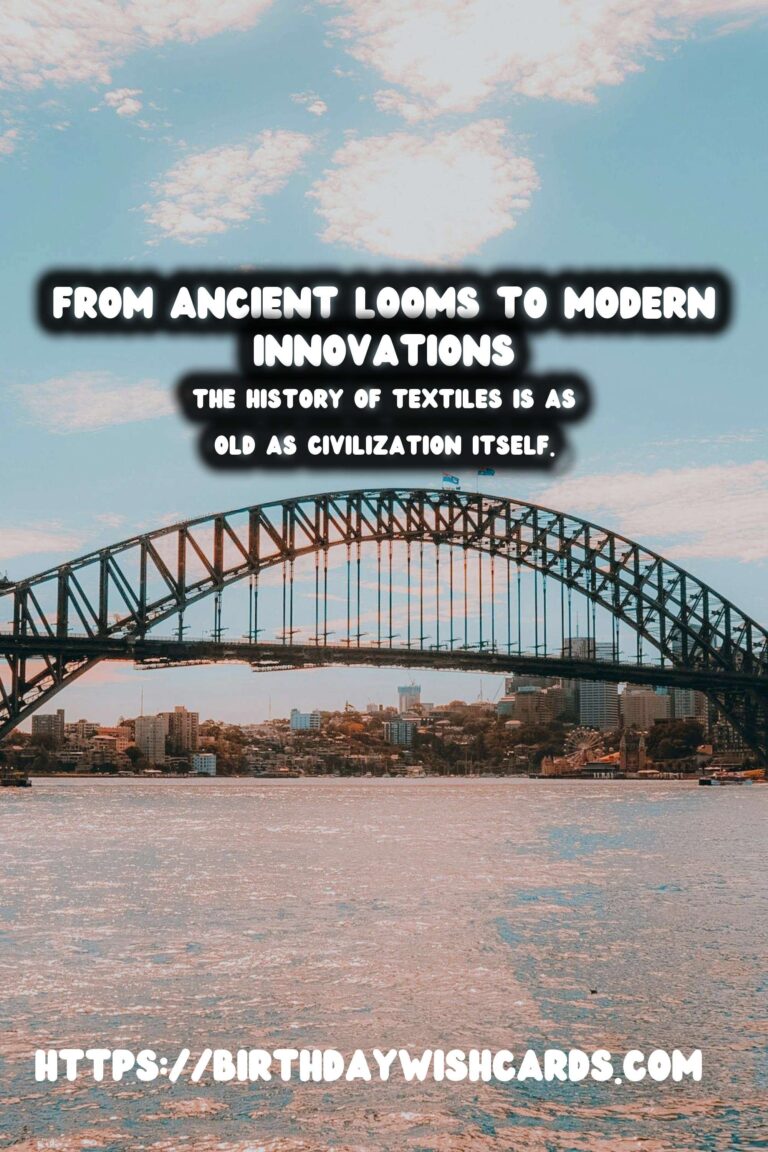
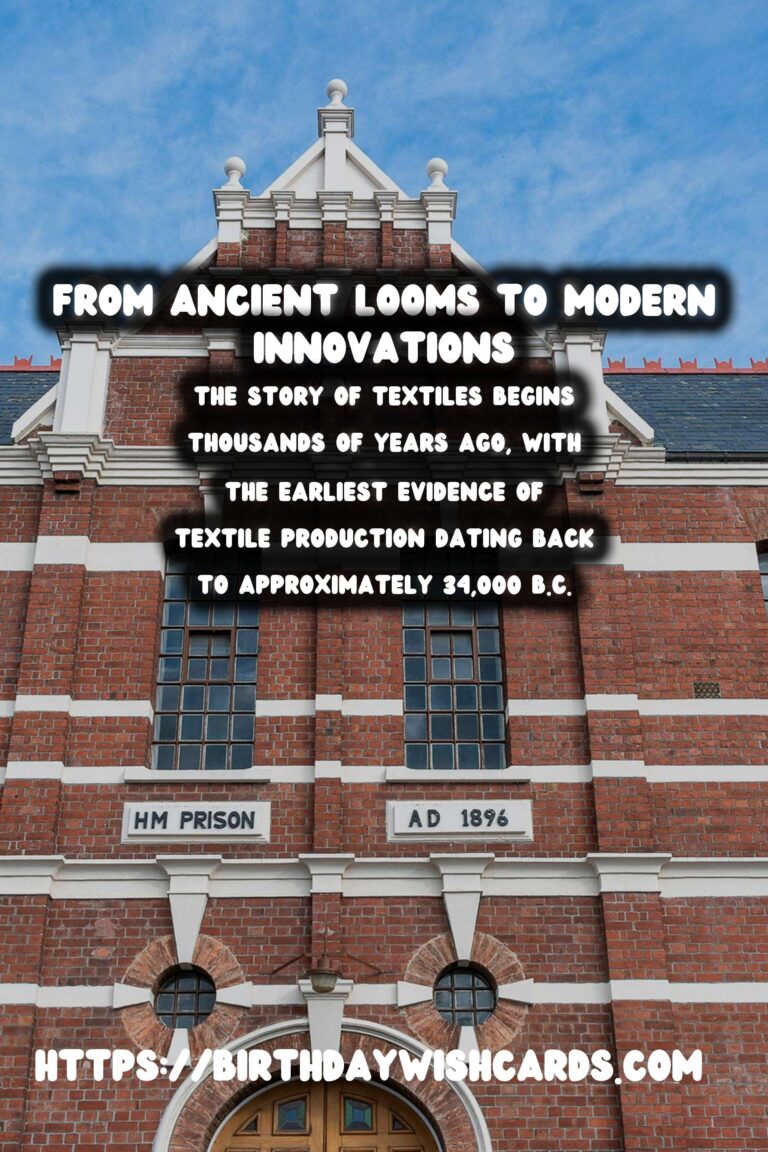
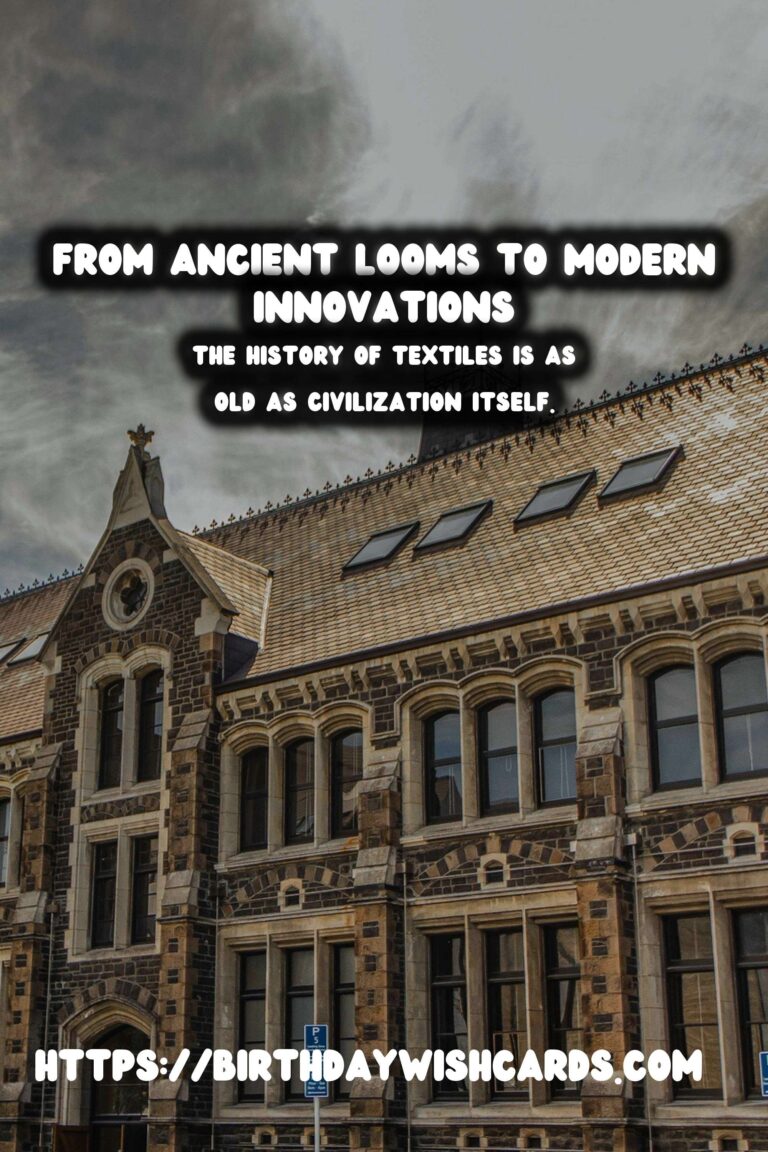
#TextileHistory #InnovativeTextiles




